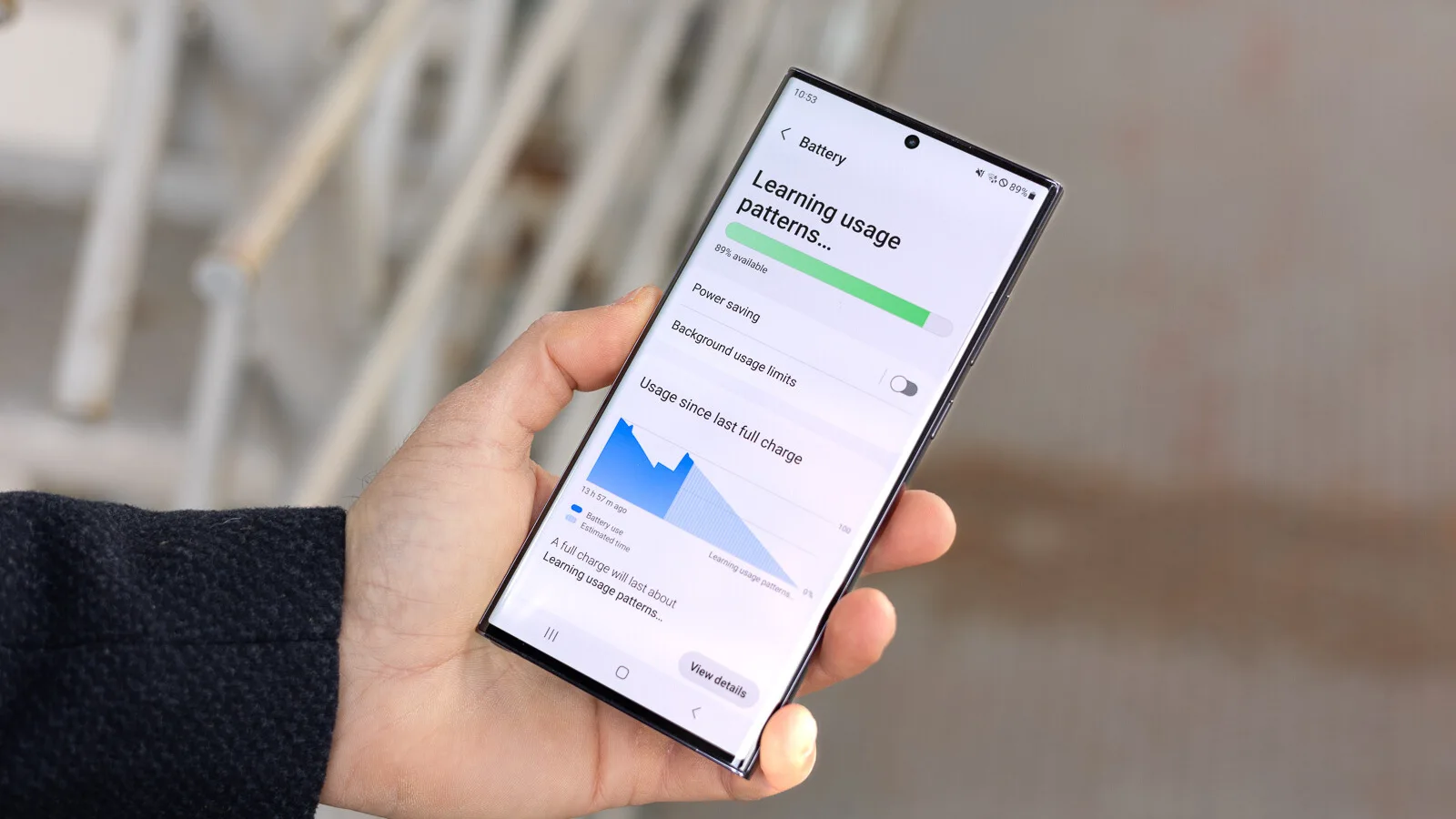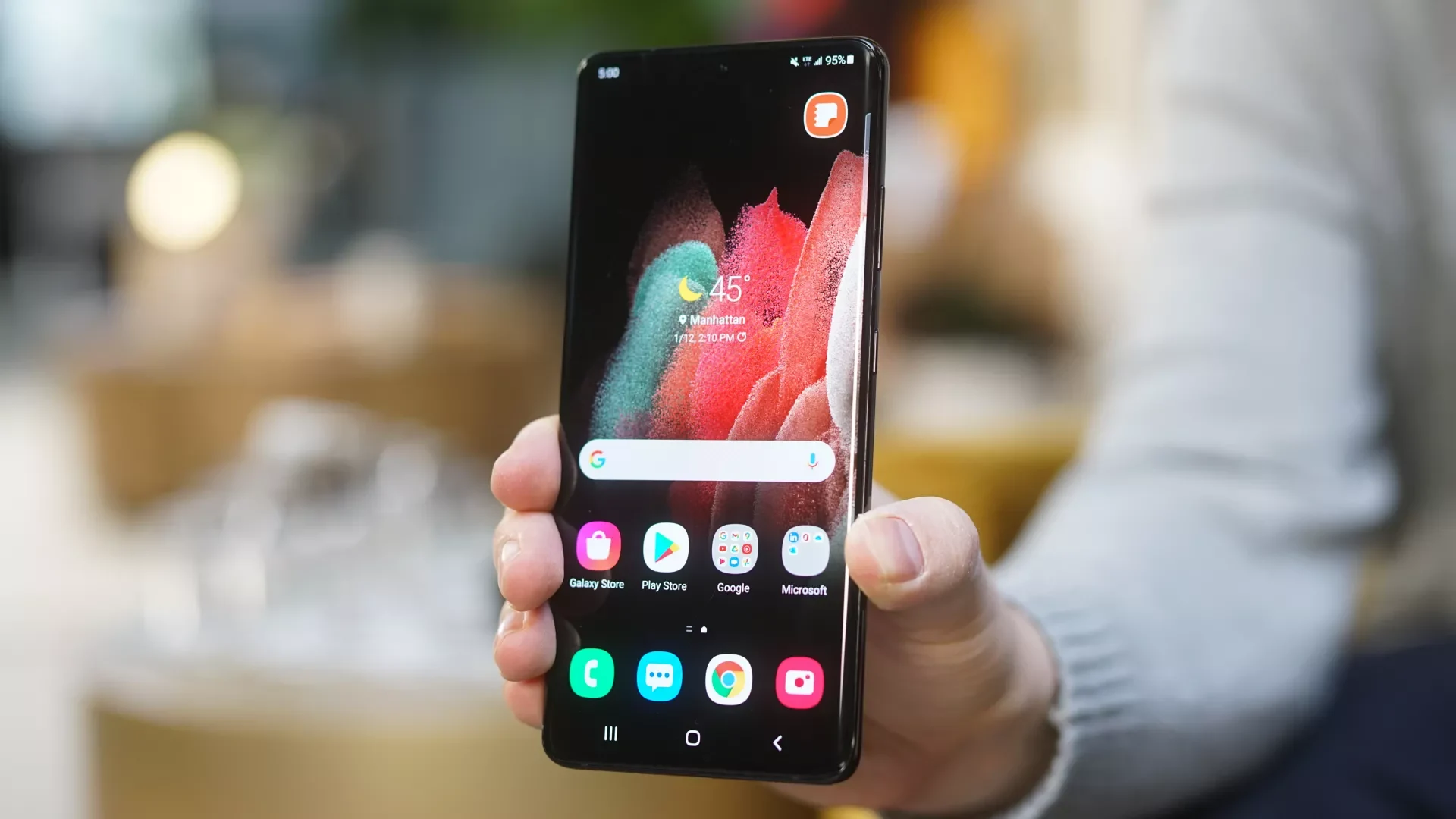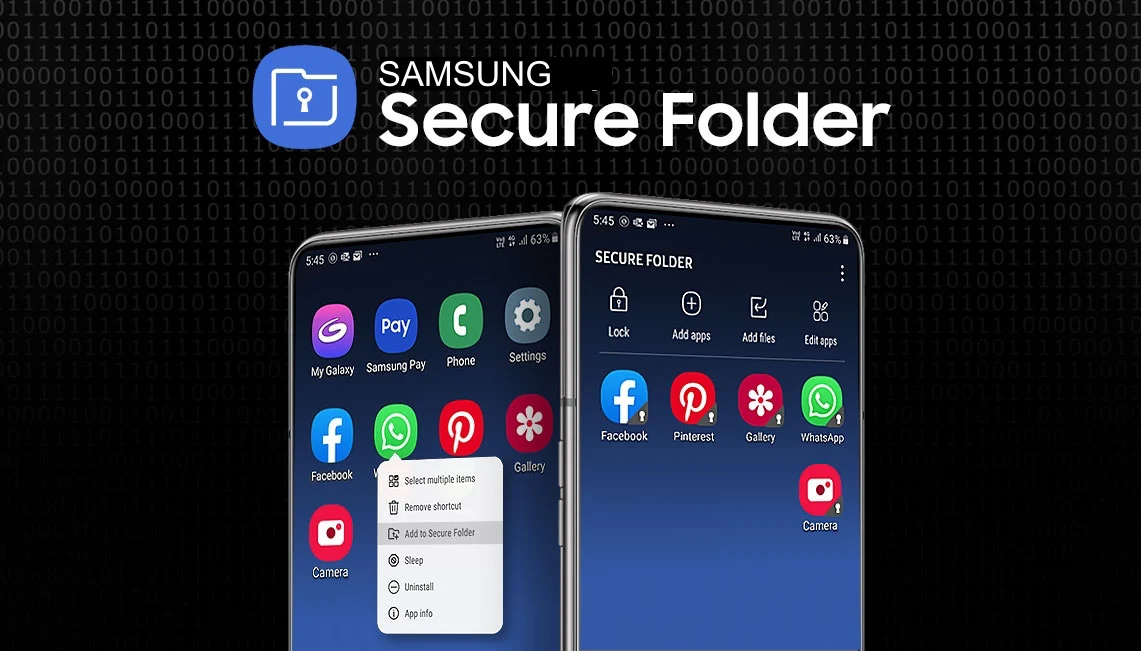Android 14
Android Phones to Get iOS-Inspired Battery Health Feature

Android users will soon be able to see more clearly how the phone’s battery is doing. This new function can notify users when a battery change is required. This is the step that supports self-repair programs and extended software update cycles. Lithium-ion batteries, which power all cell phones, have a limited capacity to store energy because of their chemical makeup. Therefore, even if the battery on your phone will eventually run out, there are ways to slow down the process and extend the time you can use it comfortably. While Android 14 established the foundation, Android 15 will elevate key features related to battery health.
In response to this exact fear, Apple iPhones do tell you exactly how much your battery has decreased. It now looks as though Android may imitate this iOS feature and implement it for the Pixel and other Android-powered devices. This is due to the fact that only the applications available up to now that might make the same suggestion are third-party ones, and even these are not precise. However, OnePlus is among the OEMs that now provide this feature. Current battery information includes the battery’s life cycle count and manufacturing date, which were included in this month’s Pixel Feature Drop.

Though it doesn’t yet have a battery health meter, Mishaal Rahman (via Android Authority) claims that the Android 14 QPR2 Beta 2 introduces a secret battery health page. This page may provide data such as “estimated percentage of charge the battery can currently hold compared to when it was new.” Android OS gathers several battery-related facts in the background from the moment it boots up, making it the most appropriate source for this kind of estimate, instead of relying on third-party software that starts collecting data only months or years after the device is installed. If the battery could communicate this kind of data with the operating system, then it would be an even more reliable source.

Thankfully, Google has spent the last year focusing precisely on that. While Android 14 laid the foundation for the OS to collect battery health data, Android 15 may actually present such data to consumers. Following the release of the Pixel smartphone feature drop update in December 2023 by Google, these developments. Notably, this update introduced a new battery information page that allows users to determine the battery’s production date and cycle count. Moreover, the research notes that Android 14 retrieves and transmits additional data to apps, such as the date of initial usage, charging condition, and battery life. Therefore, the majority of Android users would be able to view the precise condition of their battery and even compute the percentage of original capacity that their battery now retains if the battery health feature made it to the market with Android.
In December 2023, Google unveiled the Pixel Feature Drop, which included a new “battery information” page located under Settings > About Phone. Below is a screenshot of this page that displays the device’s battery’s manufacturing date and cycle count. Under the hood, this data is retrieved using the new APIs released with Android 14. Android 14 exposes new battery-related APIs to apps; however, the manufacturing date and cycle count aren’t the only information available. More information on the condition of the battery is also available, including the date of use, the charging schedule, the charging status, and the overall state of health. The battery’s current full charge capacity, given as a percentage in relation to its rated capacity, makes the condition of health particularly intriguing.
Android 14
Galaxy S22 started receiving One UI 6.1 update with Galaxy AI features

Last month, Samsung officially confirmed the One UI 6.1 update for the 2022 models. Now, keeping its promise, the company has started rolling out the major update for the Galaxy S22 series.
The Android 14-based One UI 6.1 update for the Galaxy S22 series is live in South Korea. Users who own the Galaxy S22, Galaxy S22+, and Galaxy S22 Ultra can identify the latest update by the firmware version numbers S901NKSU3EXDC, S906NKSU3EXDC, and S908NKSU3EXDC, respectively.

Samsung has released several Galaxy AI features with the One UI 6.1 update that will help you provide a better communication experience and take advantage of the ability to quickly understand information.
For your information, the Galaxy S22 series device will get the benefit of all the important Galaxy AI features, including Circle to Search, Live Translate, Generative Edit, Note Assist, Transcript Script, Chat Assist, and many more.
Apart from the Galaxy AI feature, the device will also get some important additions on the customization side, where users will get several new changes related to wallpaper, lock screen, alarm, calendar, and many more.
To check the latest update on your device, navigate to the settings, then select the software update option here. Tap on the download and install option. Wait until it finishes searching to see if the update is available, then tap on the install button.
Android 14
Galaxy XCover5 camera breaks after Android 14 and One UI 6.0 update

Samsung Galaxy XCover 5 is one of the rugged smartphones that is dedicatedly made for using it in any weather condition. It is worth noticing that the company hasn’t limited it to giving tough hardware but also keeps it up to date with its fresh software. In the last major update, Android 14, it has grabbed some new features, and unfortunately, it has also got an issue with the camera, which is causing inconvenience to the users.
Galaxy XCover5 getting a camera issue after Android 14
The Galaxy XCover 5 has received Android 14 and One UI 6.0, and after installing them, users have started reporting about the camera issue. In the reports, the consumers have pointed out that they are not able to use the camera focus like before. Since the camera is the most frequently used feature of the smartphone, its malfunction is significantly affecting the overall performance of the devices.
Due to the malfunctioning of the autofocus, users are also having difficulty making payments due to the autofocus malfunction. When they open the QR code scanner, they are unable to do so because the camera is not focusing on the code.
However, the Korean giant hasn’t yet released a statement regarding the issue’s resolution, despite the fact that the issue surfaced after the last update, suggesting a software update-related problem. Hopefully, Samsung could release a proper update that will update it to the latest version.
Android 14
Google Get Inspired By Samsung; As It Copies Secure Folder Feature Housed In Galaxy Phones

Is Google following Samsung? With the Android 14 QPR3 Beta 2.1, it offers a new option for private space, which Samsung already offers with the title Secure Folder.
Google released Android 14 QPR2 Beta 1 in November 2023, which introduced a feature called ‘Private Space’ already housed in Samsung devices as Secure Folder. Since reports have been around for several days that the latest iteration of Android 15 will be dedicated to more security and will bring tons of new features to enhance users’ secure experiences, one of the awaiting features is Private Space.
The upcoming Private Space feature will allow the user to install the application in a separate, locked profile, which they can hide at any time. Although this feature has been in the development phase for a long time, it has not yet gone live. Let’s take a closer look.

The new feature named ‘Lock private space automatically’ will allow users to configure the feature to automatically lock the protected space depending on one of the two sub-options they select in it, which are ‘Every time device lock’ and ‘After 5 minutes of inactivity.’ While choosing the first, the feature will lock Privact Space instantly after they lock the device.
But here’s the catchable fact: Secure Folder, available on Galaxy devices, already offers this feature, so somewhere it seems like Google got inspired by Samsung.

The reports are also saying that when users set up Private Space, the feature now recommends them to create a dedicated Google account for using it to’stop data appearing outside private space; for instance, ‘Synced photos, files, emails, contacts, calendar events, and other data,’ and many more. This suggestion and the option to automatically lock the protected space further enhance the privacy and security of private space.
Upcoming Private Space will offer a redesign setup flow to deliver a better idea of the feature. Since this feature initially appeared in Android 14 QPR2 Beta 1 and then Android 14 QPR3 Beta 2.1, it is expected that Android 15 will bring this feature to enhance the secure experience.












